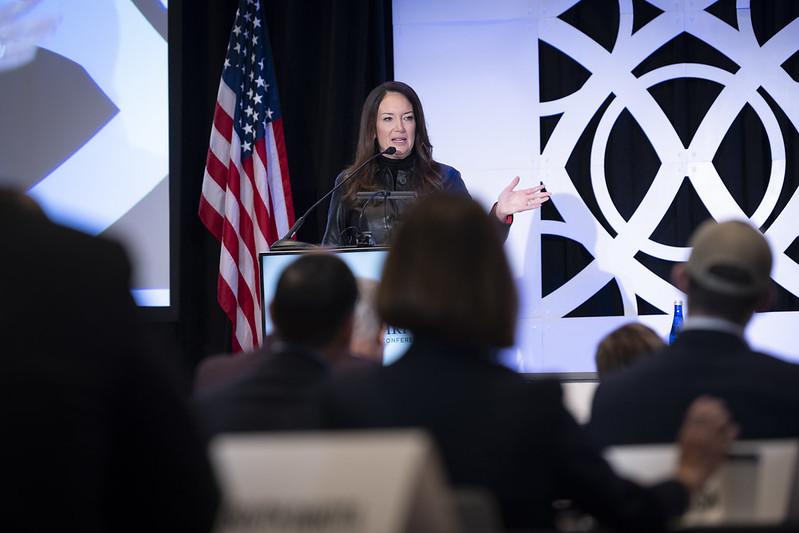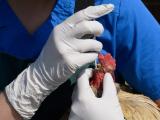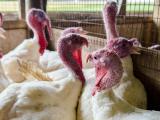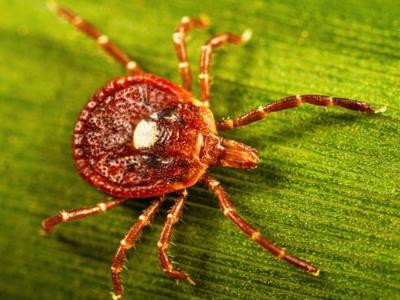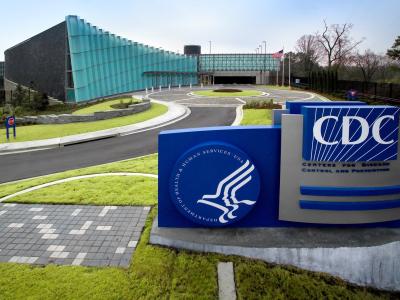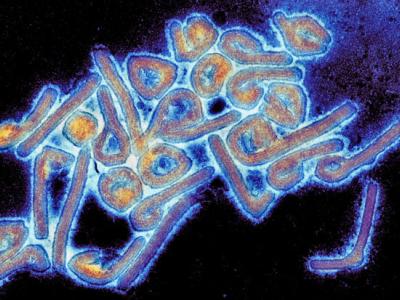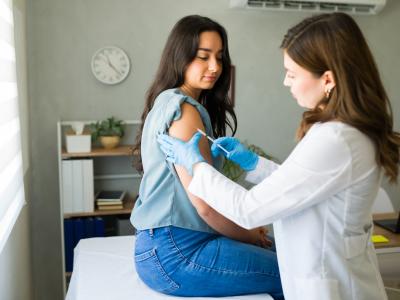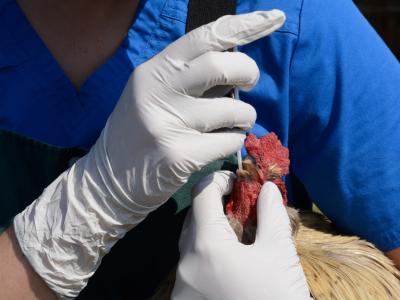Newly confirmed US Department of Agriculture (USDA) Secretary Brooke Rollins, JD, today introduced new steps to battle avian flu in poultry and stabilize the egg supply, which includes $500 million to help poultry producers shore up biosecurity measures.
Earlier this week, Rollins met with egg producers during a tour of an egg-laying facility in Texas, and today she detailed USDA's strategy in an opinion piece in the Wall Street Journal. The USDA also detailed the plan today on its website.
Since 2022, the H5N1 avian flu virus has led to the loss of more than 166 million poultry, including 19 million over the past 30 days. Outbreaks over the fall and winter have hit poultry farms hard, especially layer facilities in some of the top egg-producing states, such as Ohio.
Along with a heavy burden on farmers, the outbreaks have diminished the supply of eggs, increased egg prices, and continue to pose a risk to people who have intensive contact with sick and dead poultry.
No 'silver bullet,' but a 5-pronged approach
Rollins wrote that there is no silver bullet for eradicating avian flu, but the USDA is adopting a five-pronged strategy, with the $500 million in biosecurity support as one of the key steps. This step will include free biosecurity assessment for commercial layer farms, with the federal government to pay up to 75% of the cost of repairing biosecurity vulnerabilities.
Second, she said the USDA will increase financial relief to affected farms and streamline approval to ensure they can resume operations as quicky as possible following outbreaks.
Regarding vaccines and therapeutics, the USDA will provide up to $100 million in research and development, with an overall goal of reducing the need to depopulate flocks. Rollins added that the USDA will work closely with stakeholders on whether to use a vaccine, if approved. "We will also work with our trading partners to minimize potential negative trade effects for U.S. producers and to assess public-health concerns," Rollins wrote.
Some countries bar poultry imports from nations that vaccinate commercial poultry due to concerns that their use could mask ongoing avian flu circulation. However, the World Organization for Animal Health (WOAH) said in a 2023 policy brief that the rapid spread of the virus requires a review of existing control strategies, given that current tools might not be enough. Earlier this month, the USDA conditionally approved a license for an avian flu vaccine for poultry made by Zoetis.
The final two steps include removing regulatory burdens, when possible, and considering egg imports as a temporary solution to boost the egg supply, if the suppliers meet stringent US food safety standards.
Mike Naig, Iowa's agriculture secretary, said today that he is grateful that Rollins and the USDA are making avian flu a top priority, given that Iowa poultry farms have been hit hard by H5N1.
"I am supportive of exploring an effective H5N1 HPAI vaccination strategy. I encourage USDA to work closely with state animal health officials, farmers and industry to formulate an implementation strategy, incorporate valuable lessons learned, and minimize potential negative trade impacts," he said.
Domestic cats in 5 states infected
In other avian flu developments, the USDA Animal and Plant Health Inspection Service (APHIS) today confirmed 11 more H5N1 detections in mammals, 10 of them cats in five states. Most of the samples from cats were collected in the first half of February. Six of the detections were in Oregon's Clackamas County, with single cases reported in Kansas (Rooks County), California (Imperial County), New Mexico (Curry County), and Colorado (Adams County).
The other mammal detection is a mouse in Darke Country, Ohio, a recent hot spot for commercial poultry outbreaks.
Meanwhile, APHIS confirmed one more detection in poultry, which involves a layer farm in Mercer County, Ohio, that has 90,000 birds.
